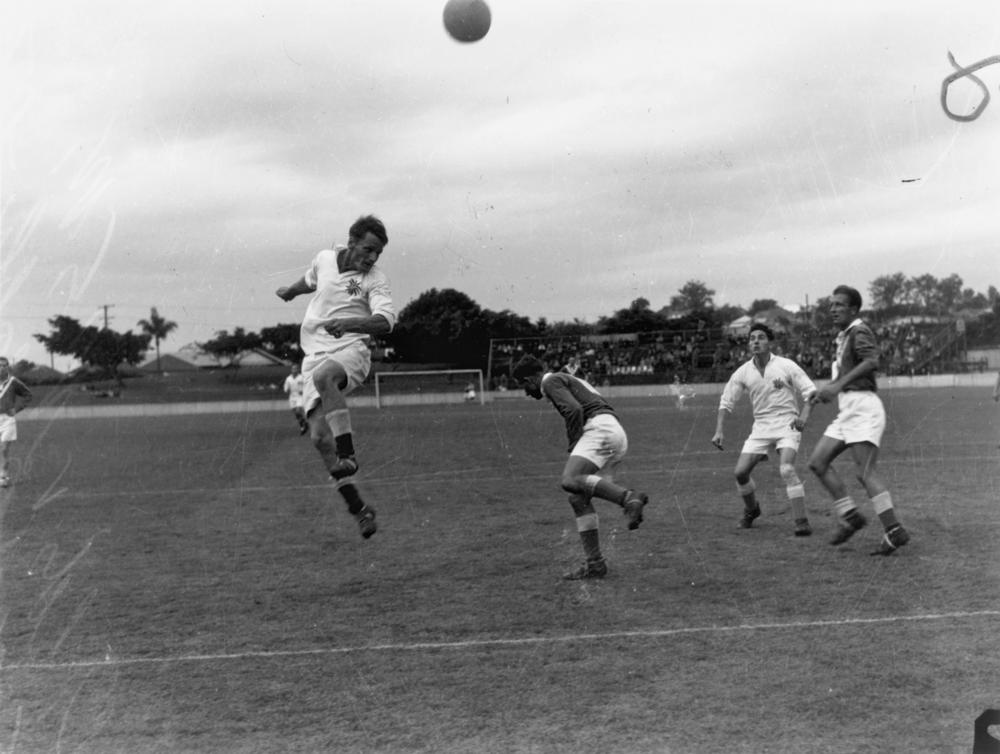I arose the other day excited. While sleeping I had somehow solved that most intractable of life’s problems: how to increase scoring in soccer. It was so simple, I couldn’t believe no one had thought of it before. All we had to do was get rid of the offside rule.
The offside rule has been a part of soccer since 1863, or essentially since its rules were codified. That was a different time, one in which attackers had a definite advantage. It was before coaches and players had developed effective ways to suppress goals and defend effectively. For instance, during the 20th century, teams became expert at employing the offside trap — a maneuver in which defenders step up at the last moment to put an onside player into an offside position. This was just one of the reasons why, as Chris Anderson and David Sally note, we went from 4.5 goals per game in 1890 to 2.6 in the course of a century. There are plenty of other reasons to be annoyed with offside. For one, we devote wholly too much attention to it, employing two assistant referees primarily to regulate this one rule. And even then questionable calls abound, with 1-0 games decided by an offside non-call that could have gone the other way. Moreover, it’s a rule that many outsiders have a difficult time understanding, especially because it’s tweaked every few years. (Although, while I’d argue this is bad, they say it’s a good thing.)
With fewer than three goals scored in an average game, there’s often not a clear difference between the winners and losers. Getting rid of offside would leave attackers free to get behind defenders, thereby stretching out the defense and leading to more goals, right?
It turns out this exact theory was floated last year by FIFA’s Chief Technical Development Officer, soccer great Marco van Basten. And it was widely panned, for good reason.
In reality, removing the offside rule would accentuate an offense-versus-defense arms race. Teams would stack their backfields with defenders in front of the goal and then kick the ball down to the other end of the field for their attackers. Ironically, if an experimental match employing the new rule is anything to go by, goals might actually reduce further.
“There is always an easy solution to every human problem — neat, plausible and wrong.” — H.L. Mencken
Van Basten’s — and my own — simple solution, appealing as it seemed from the outside, reinforces H.L. Mencken’s famous and oft-paraphrased maxim: “There is always an easy solution to every human problem — neat, plausible and wrong.” While I’m all for increasing scoring Although hardened soccer fans might say we like 0-0 draws, the truth is they’re dreadful to watch., when it comes to achieving it, this isn’t the rule change you’re looking for.
That’s something to remember whenever we hear neat and plausible solutions to public policy conundrums like the opioid crisis. “Just kill the drug pushers” might sound like a great solution to an intractable problem, but it isn’t. Not simply because it’s too bold but because it might actually exacerbate the problem it’s purporting to solve. Killing drug pushers is ineffective policy because we’d still have millions of people addicted to opioids and needing a fix. Like a soccer match without any offsides, it has few clear goals.

